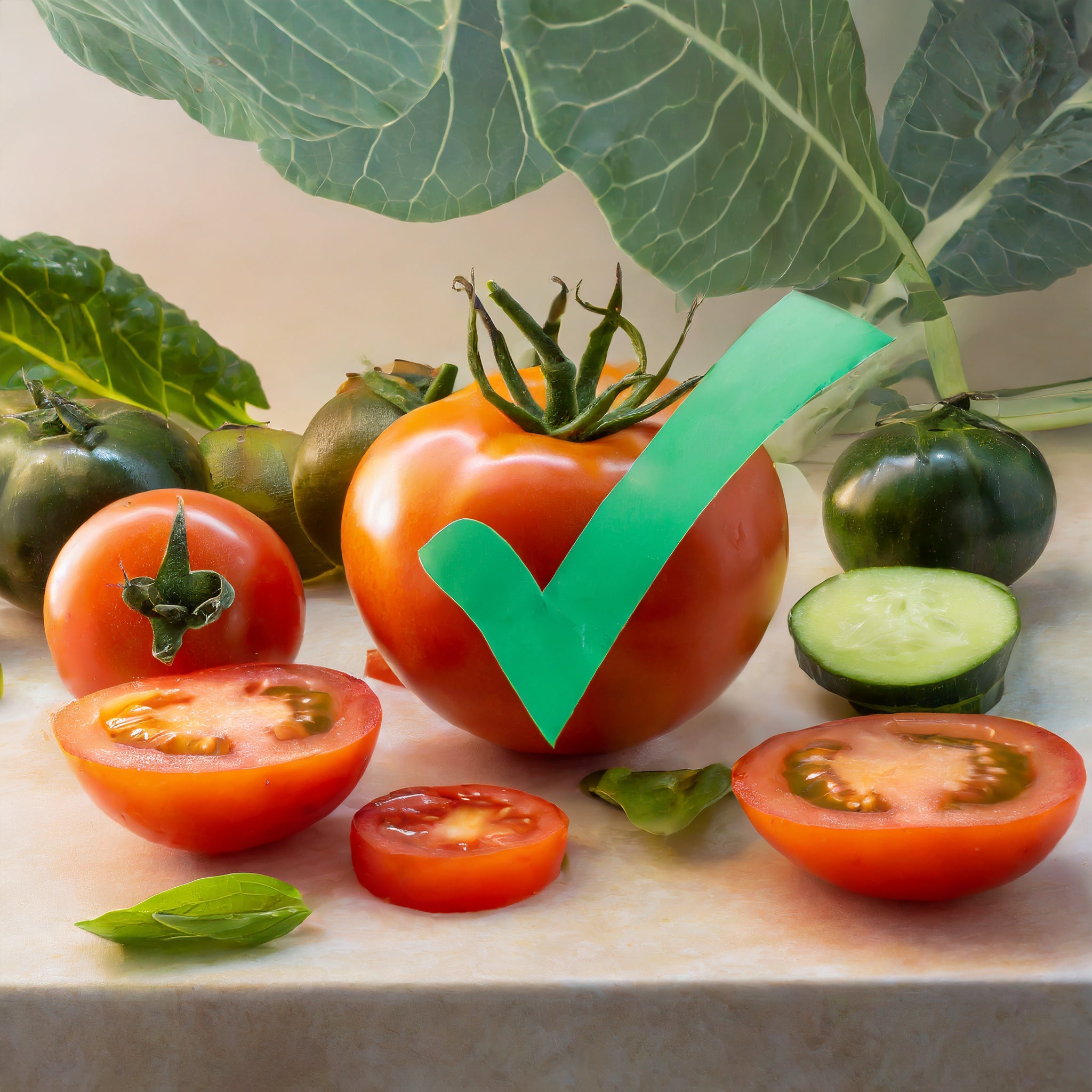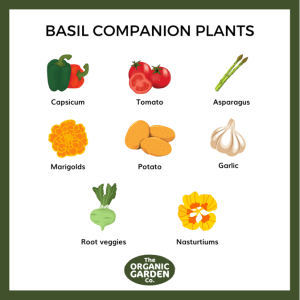Are Tomatoes Low FODMAP? Understanding the Basics
Many people assume tomatoes are high in fructose, but most varieties have a balanced glucose-to-fructose ratio, making them low FODMAP in appropriate portions. However, reactions to tomatoes may not always be due to FODMAPs but could stem from other food intolerances, such as sensitivity to salicylates, glutamates, or amines.
Are Tomatoes Considered Low FODMAP?
Tomatoes can be both low and high FODMAP, depending on the type and portion size. Some tomato varieties are safe to eat in moderation, while others may cause symptoms due to fructose or other FODMAP compounds.
What Types of Tomatoes Are Low FODMAP?
Not all tomatoes have the same FODMAP content. Here’s a breakdown of low FODMAP serving sizes:
Fresh Tomatoes:
- Cherry Tomato: 3 tomatoes (45g)
- Roma Tomato: ½ small tomato (48g)
- Common Tomato: ½ small tomato (65g)
- Truss/Vine Tomato: ½ medium tomato (69g)
- Beefsteak Tomato: ½ tomato (65g)
Processed Tomato Products:
- Canned Tomatoes: ½ cup (100g)
- Tomato Paste: 2 tbsp (28g)
- Tomato Sauce: 2 sachets (16g)
- Sun-dried Tomatoes: 2 pieces (8g) (low FODMAP; larger portions contain moderate fructose)

Which Tomato Products Are High FODMAP?
Some tomato products can become high FODMAP quickly:
- Ketchup with High-Fructose Corn Syrup (HFCS): Becomes high FODMAP at 26g (2 sachets)
- Tomato-Based Pasta Sauces: Often contain onion and garlic, making them high FODMAP
- Tomato Passata: Becomes high FODMAP if more than ¼ cup is consumed
Why Do Some People React to Tomatoes Beyond FODMAPs?
Tomatoes contain natural compounds like salicylates, glutamates, and amines, which can cause symptoms such as headaches, digestive discomfort, or skin reactions. These sensitivities differ from FODMAP intolerance and may require dietary adjustments.
Do Ripeness and Tomato Type Matter for FODMAP Content?
Yes! As tomatoes ripen:
- Salicylate levels decrease
- Amines and glutamates increase
- Fructose levels may rise as glucose decreases, which can impact tolerance
When choosing tomatoes for your garden or diet, it’s helpful to know the difference between indeterminate and determinate varieties. Learn more about these types of tomatoes here.

What Are the Nutritional Benefits of Tomatoes?
Tomatoes provide essential vitamins, minerals, and plant compounds, including:
- Vitamin C: Supports immunity and iron absorption
- Folate: Essential for cell function and pregnancy health
- Potassium: Helps regulate blood pressure
- Vitamin K: Supports bone health and blood clotting
- Lycopene: An antioxidant that supports heart health
- Beta Carotene: Benefits eye health and converts to Vitamin A
- Naringenin: An anti-inflammatory flavonoid
- Chlorogenic Acid: May help lower blood pressure
How Can You Include Tomatoes in a Low FODMAP Diet?
Here are some delicious low FODMAP tomato-based recipes:
- BLT Pasta (FODMAP Everyday)
- Sautéed Baby Heirloom Tomatoes (FODMAP Everyday)
- Roasted Tomatoes (Fun Without FODMAPs)
- Tomato Salad with Cucumbers (Fun Without FODMAPs)
- Easy Low FODMAP Salsa (A Little Bit Yummy Blog)
- Tomato & Basil Bruschetta (Monash University)
If you’re growing your own tomatoes, proper staking can make a big difference. Check out these helpful tips on how to stake tomatoes effectively here.
The Low FODMAP Diet in Treating Gastrointestinal Symptoms
Dr. CJ Tuck and colleagues’ study, published in Neurogastroenterology & Motility, shows the low FODMAP diet helps people with functional gastrointestinal symptoms. The research found that working with a dietitian improves results.
Read the full study here.
Take Action: Manage Tomatoes in Your Low FODMAP Diet Effectively
Many fresh tomatoes are low FODMAP, but processed tomato products often contain high FODMAP ingredients. Portion size and tomato variety play a crucial role in an IBS-friendly diet. Opting for low FODMAP alternatives, like Fody Foods Tomato Basil Pasta Sauce and Smoke N’ Sanity Ketchup, can help manage symptoms. If digestive issues persist, consulting a dietitian can provide personalized guidance for your low FODMAP journey.





